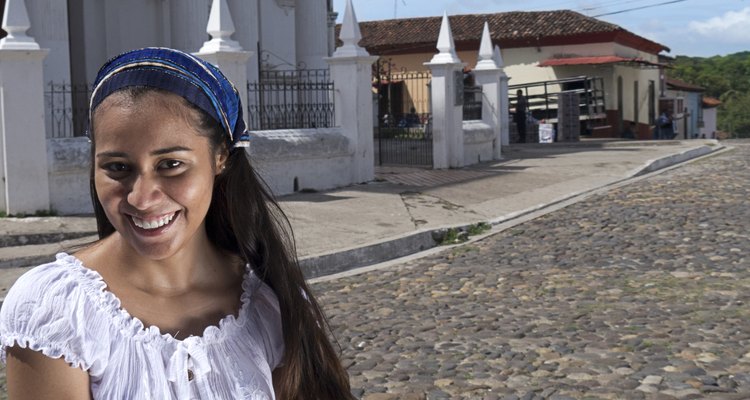
Danny_Omar/iStock/Getty Images
El Salvador has a specific culture defined in part by its colorful and traditional clothing. While modern fashion has influenced the country and its people, it is common to see traditional dress in rural areas and at formal occasions and festivals.
Dressing for the Climate
Salvadorans tend to dress according to the season, although temperatures vary slightly depending on the region. Temperatures along the Pacific Coast region of El Salvador average from 75 to 85 degrees Fahrenheit during daylight hours, whereas the more populated plateau region averages 70 to 75 degrees. The mountainous region is rarely hotter than 75 degrees at any given time throughout the year with nights dropping to an average of 50 degrees. The main concern regarding appropriate dress for the climate depends mostly on the amount of rain and humidity, which changes dramatically. Being prepared for the rainy season -- May through October -- is important, particularly in the mountainous region.
Traditional Dress
Traditional dress is often reserved for formal occasions or festivities. Women dress in colorful embroidered shirts and skirts, and men wear traditional pants and embroidered shirts. Traditional dress varies throughout the country. While it is limited mostly to special occasions, it is common to see traditional dress in rural areas where fashion was designed to be functional for the working population. Women often wear cotton headscarves and shawls with dresses or skirts and tops paired with sandals. Men wear cotton suits or shirts with jeans and a cowboy hat. Traditional footwear for men consists of boots or sandals.
Contemporary Fashion
Salvadorans’ contemporary dress mirrors the fashion worn by people in the U.S., leaning toward casual. As with traditional clothing, the styles are suited to be worn while working, usually at some job requiring physical labor. Contemporary Western clothing includes dresses, shirts, T-shirts and jeans. For professional or more formal occasions, men wear suits or double-pleated dress shirts known as "guayaberas" with trousers, while women wear dresses or business suits.
Fabrics and Colors
El Salvador has a large textile manufacturing industry. The majority of the fabrics created and worn by the people are knits with regional patterns, cotton-polyester blends and cottons. More formal clothing is also manufactured using imported wools. The common thread in both traditional and contemporary dress is that the fabrics are lightweight to withstand the heat and humidity. Rain-resistant wear is also common.
Colors of clothing vary widely by region. White is a standard color for shirts and dresses; however, it is common to see bright colors and bold patterns in traditional and contemporary dress.
Related Articles

What Kind of Clothes Do They Wear in ...

What Type of Clothing Do People in the ...
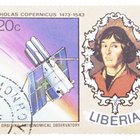
Liberian Fashions, Styles & Wedding ...
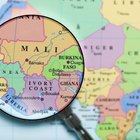
What Kind of Clothing Do People in Mali ...

What Clothes Do They Wear in Israel?

What Do People Wear to the Metropolitan ...

What Kind of Clothing Do Peruvians Wear?

What Do Brazilian People Wear?
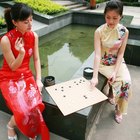
What Do Chinese Women Wear?

What Kinds of Clothes Do They Wear in ...

Hispanic Clothing History

What Type of Clothes Do Mexicans Wear?

Indigenous Clothes in Bolivia
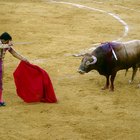
10 Facts About Clothing in Spain
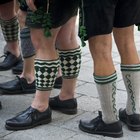
What Kind of Clothing Do People Wear in ...

Uses of Cotton Fabric

What Does Couture Mean in the Fashion ...
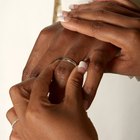
Traditional African Wedding Attire
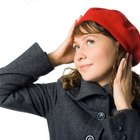
What Kind of Clothes Do Children in ...

The History of Pinstripe Suits
Writer Bio
Pamela Mortimer has been a professional writer for more than 20 years with expertise in many areas including arts, culture, business and the printing trade. She is also a novelist, seasoned editor and graphic designer.
Photo Credits
Danny_Omar/iStock/Getty Images